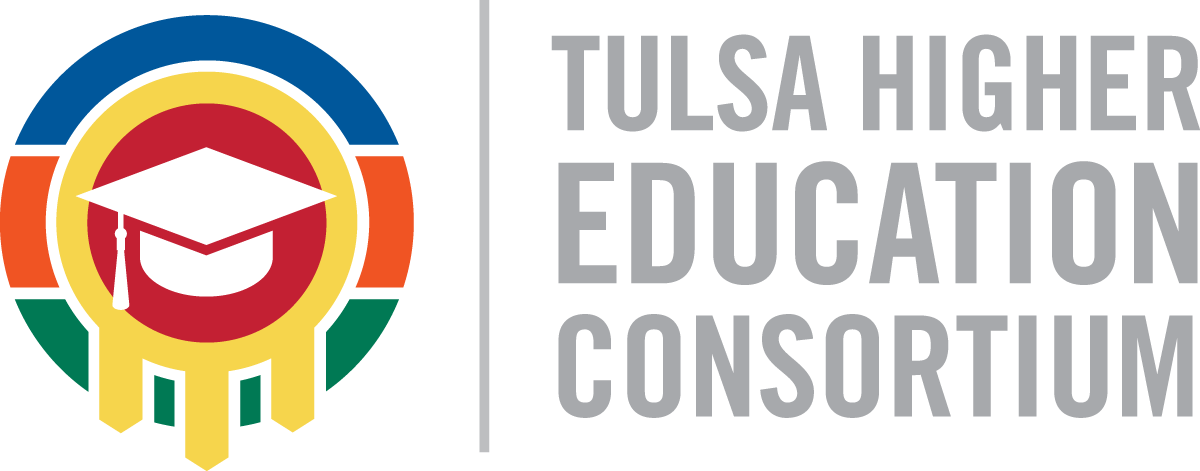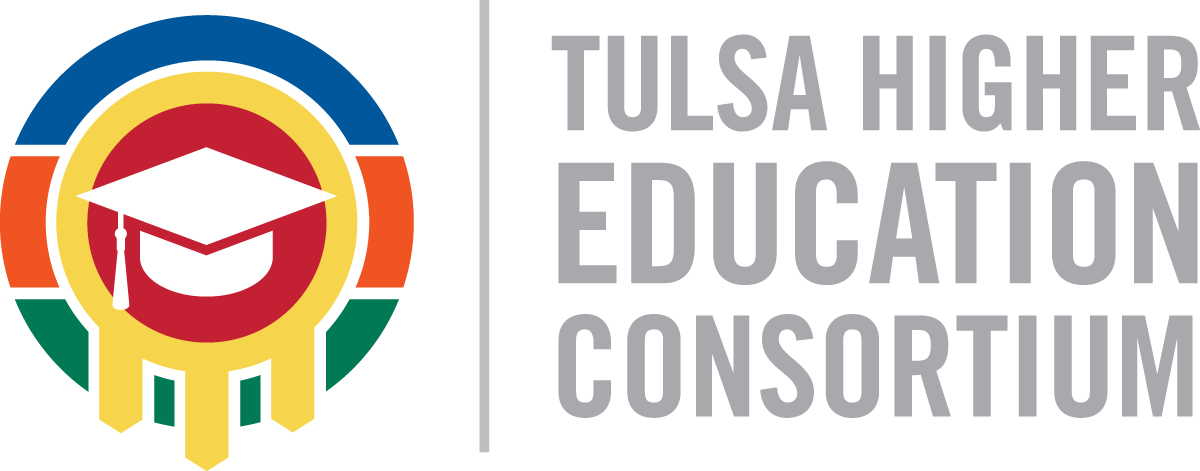By Sarah Wyatt, Ed.D., Director of Strategy and Operations, Tulsa Higher Education Consortium
in collaboration with
Doug Price, Ed.D., Director of Global Learning, Tulsa Community College
High-impact learning practices, or HIPs, are active learning practices that promote deep learning by promoting student engagement and serve experiences that allow students to achieve deep learning, gain significant educational engagement, and have a positive differential impact on historically underserved student populations (George Kuh, 2008; Kuh & O’Donnell, 2013). HIP examples might include First Year Experience Seminars, collaborative assignments, and service learning projects.
While the term HIPs has begun to be a part of the standard nomenclature at higher education institutions, colleges and universities still struggle to implement these practices in their every day strategies and the term may still be absent in the overall mission and vision of the institution. Challenges faced in HIP implementation may be due to lack of time and/or lack of institutional support. High-impact practices generally require a great amount of coordination, collaboration, and planning and are designed to be a long-term experience, rather than a “one and done” initiative.
Dr. Doug Price, Director of Faculty Development & Global Learning at Tulsa Community College (TCC) has figured out innovative ways to incorporate HIPs into their global learning program. In visiting with Dr. Price, I learned he has been engaged with HIPs since 2005 , when he took leadership over TCC’s study abroad program. Price says, “The TCC study abroad program grew and we reached 7th in the nation for the number of students studying abroad (i.e. among Community Colleges).” I asked him to share a little more on high- impact practices and global learning.
“2005, it was the beginning of our development of HIPs in a more united sense. The college, over time, consolidated HIPs under Engaged Learning and today our HIPs exist in the form of Service Learning, Undergraduate Research, Honors, and Global Learning with other HIPs on the horizon. Today we find HIPs included in our strategic plan and we are engaging in a more robust infrastructure to support the development and wider adoption of HIPs as a pedagogical strategy to foster deeper learning, support retention initiatives, and insure equitably access for all to these critical and impactful learning practices.
In particular, my focus lands on global learning. The pandemic shook the core of global learning as it tore asunder the endemic and inherent relationship between global learning and mobility (i.e. study abroad proper) and began to set the stage to refocus and foster a more equitable access to global learning through increased virtual connections overseas. I have been fortunate to collaborate with several TCC faculty [and faculty abroad] to connect students with several world areas across several continents (and across the curriculum). We reached close to 570 TCC students last fall via global learning programming. In essence, the pandemic broke loose the binds of mobility and its intimate relation with global learning. While traveling somewhere/someplace is undoubtedly transformational, it is not accessible by a great majority. A very small and demographically unrepresentative sample of students participate in study abroad. The pandemic forced us to reconsider what is global learning and how we can connect and focus on similarities and differences across borders yet from our own neighborhoods. All live local. To explore the intersection of local and non-local is the heart & soul of global. We are impacted by the world and we impact the world.”
Overall, HIP implementation has been shown to increase graduation rates, institutional commitment, and deeper engagement into learning. Furthermore, as students transition from higher education institutions into the workforce, participation in high-impact practices develops necessary skills such as communication, problem solving and critical thinking. So, to sum it all up, the time spent in planning high-impact practices is worth it. It is worth it to our students, our faculty, and employers. To learn more about high-impact practices, visit https://www.aacu.org/trending-topics/high-impact and http://ts3.nashonline.org/wp-content/uploads/2018/04/AACU-LEAP-High-Impact-Practice-Characteristics.pdf.

